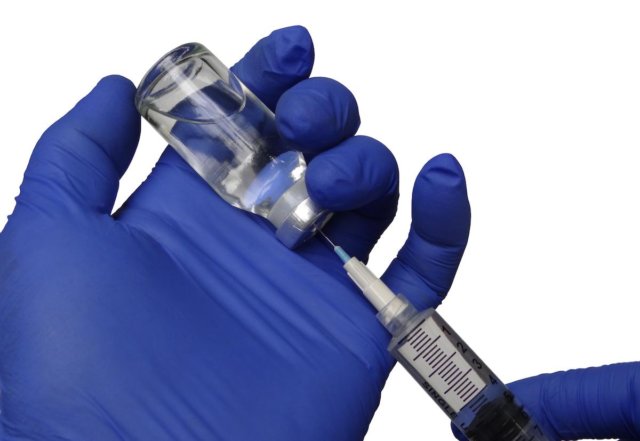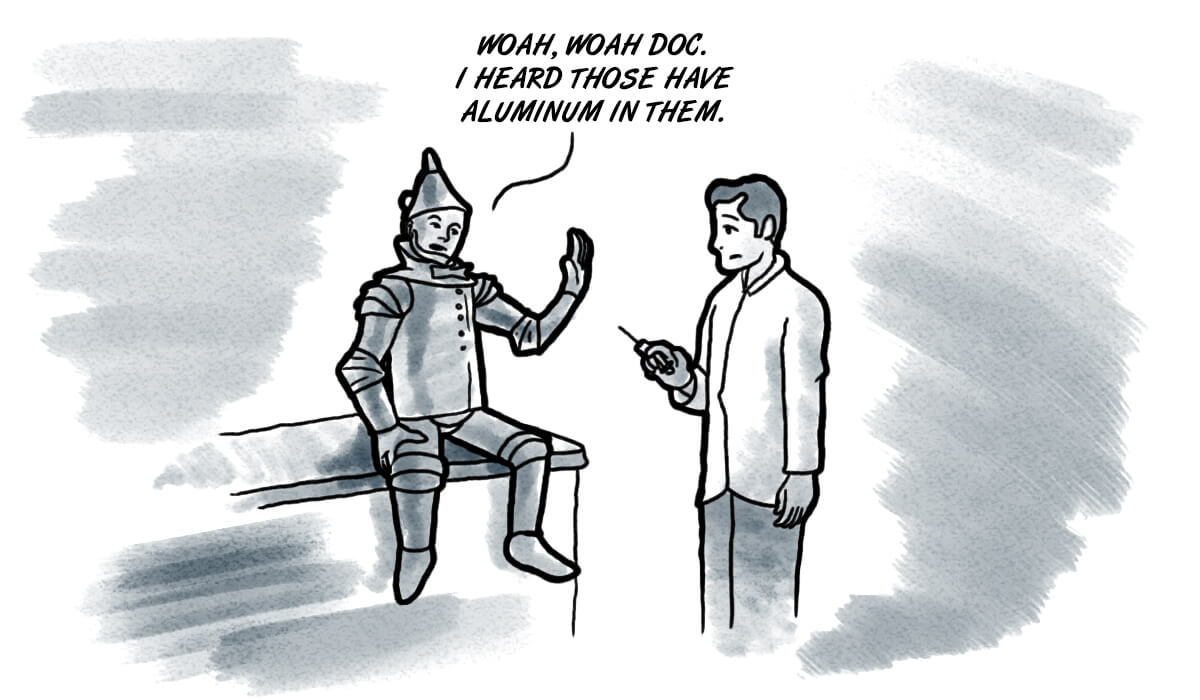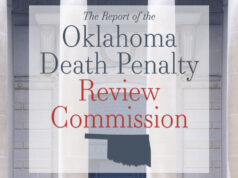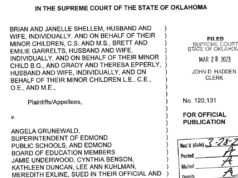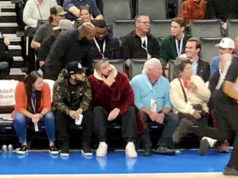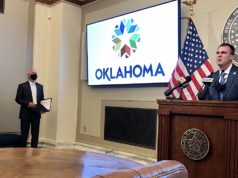
(Editor’s note: NonDoc runs Letters to the Editors between 300 words and 500 words in response to previously published content. NonDoc reserves the right to edit lightly for length, style and grammar. We value a diverse set of voices respectfully discussing issues from different perspectives. To submit a letter for publication, please write to letters@nondoc.com.)
To the editors:
I would like to address your vaccine cartoon — Measles breaks out as comeback story of the year — from Sunday, May 5, and help others understand why many are apprehensive of the currently recommended vaccine schedule featuring many combined doses. On a personal note, I was thrust into this issue when my son developed encephalitis following his 18-month vaccinations that resulted in permanent neurological damage. While painfully dealing with countless medical bills, I discovered that there is no direct legal recourse for vaccine injury.
In 1986, the National Childhood Vaccine Injury Act shifted legal liability for vaccine injuries to the U.S. Government which has since paid over $4 billion for severe injuries or death. With this new-found lack of accountability to both pharmaceuticals and doctors, we saw the vaccine schedule increase dramatically. Congress charged Health and Human Services (HHS) with the primary responsibility of ensuring vaccine safety on this tripled schedule. HHS was required to create a task force and submit bi-annual reports to Congress detailing actions taken to ensure vaccine safety. This stipulated order leads some to believe that HHS has not fully acted in its duties, although HHS does lay out its goal to enhance the vaccine safety system through a working group.
LAST SUNDAZE
Measles breaks out as comeback story of the year by Mike Allen
Additionally, there is no single measles vaccine available in the U.S. Only the Measles, Mumps, and Rubella vaccine is available. Many parents prefer to space out vaccines, and this is not an option for Americans. Some nations, including Japan, have banned the MMR. Dr. Hiroki Nakatani, director of the Infectious Disease Division at Japan’s Ministry of Health and Welfare said that giving individual vaccines cost twice as much as MMR “but we believe it is worth it”. What does Japan know that we do not?
Here are some observations from studies the U.S. Food and Drug Administration relied upon when originally licensing the MMR:
- There were eight clinical trials that in total had fewer than 1,000 individuals, out of which only 342 children received the MMR vaccine;
- The safety review period only tracked “adverse events” for 42 days after injection;
- More than half or a significant percent of all participants in each of the eight trials developed gastrointestinal symptoms and upper respiratory infections;
- The control group received other vaccines for either rubella or measles and rubella, and none of the controls received an inert placebo. (An inert substance such as a saline injection, which is not being used for an ongoing study for MMR ).
The original studies can be found here.
Unfortunately, these types of studies are common in vaccine science because vaccines are technically biologics, not pharmaceutical products, and because of this U.S. law denotes them as “unavoidably unsafe”.
I support solutions that will increase accountability for government agencies that have been charged with vaccine safety, and I support increases in scientific transparency including the use of more true inert placebos in vaccine studies. These sensible efforts will go much further in increasing vaccine uptake than bullying. In this information age, telling parents to do something is not enough. Show us the science!
Liza Greve
President and executive director
Oklahomans for Health and Parental Rights









